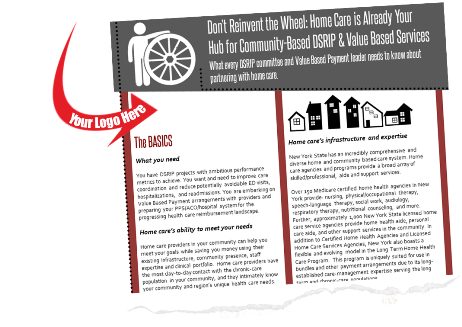HCANYS has completed its most comprehensive State of the Industry Report — one of the Association’s centerpiece documents for HCANYS 2024 advocacy efforts. This year’s report is web-based only, offering interactive charts, tables and graphs that HCANYS is sharing with lawmakers, the media and on social media. HCANYS encourages all members to use this Report in support of members’ advocacy messaging and meetings.
The report is available here!
This Annual Report brings together an analysis of Medicaid cost report data, home health and hospice statistical report data, state and federal labor statistics, and answers from home care and hospice providers and plans on the most recent financial conditions and trends survey, completed January 2024.
The report draws on data from the most recently available Home Health and Hospice Statistical Reports, 2021 Medicaid cost reports submitted by home care agencies and Consumer Directed Personal Assistance Program/Fiscal Intermediaries (CDPAP/FI), and managed care operating reports submitted by Managed Long Term Care and Programs of All–Inclusive Care for the Elderly (MLTC/PACE) programs.
Among the key data: patients served, home and community-based care operating margins, top reported costs, the extent of short-term financing, turnover and vacancy rates, aging demographics and the increase in demand for services, all of which correspond to issues at play in the 2024- 25 state budget.
The report also accompanies HCANYS one-page priority document that the Association released and presented earlier this month during HCANYS’ Advocacy Day.
HCANYS challenges you to act now! Your voice, your concerns, your experiences, and your patients’ stories need to be told. Share this report with your local lawmakers to ensure a future where every New Yorker gets the care they want, need, and deserve – in the comfort of their own home.
If you have questions on this year’s report or how to get involved with HCANYS’ advocacy efforts, please contact Arianna Stone at astone@hcanys.org.




